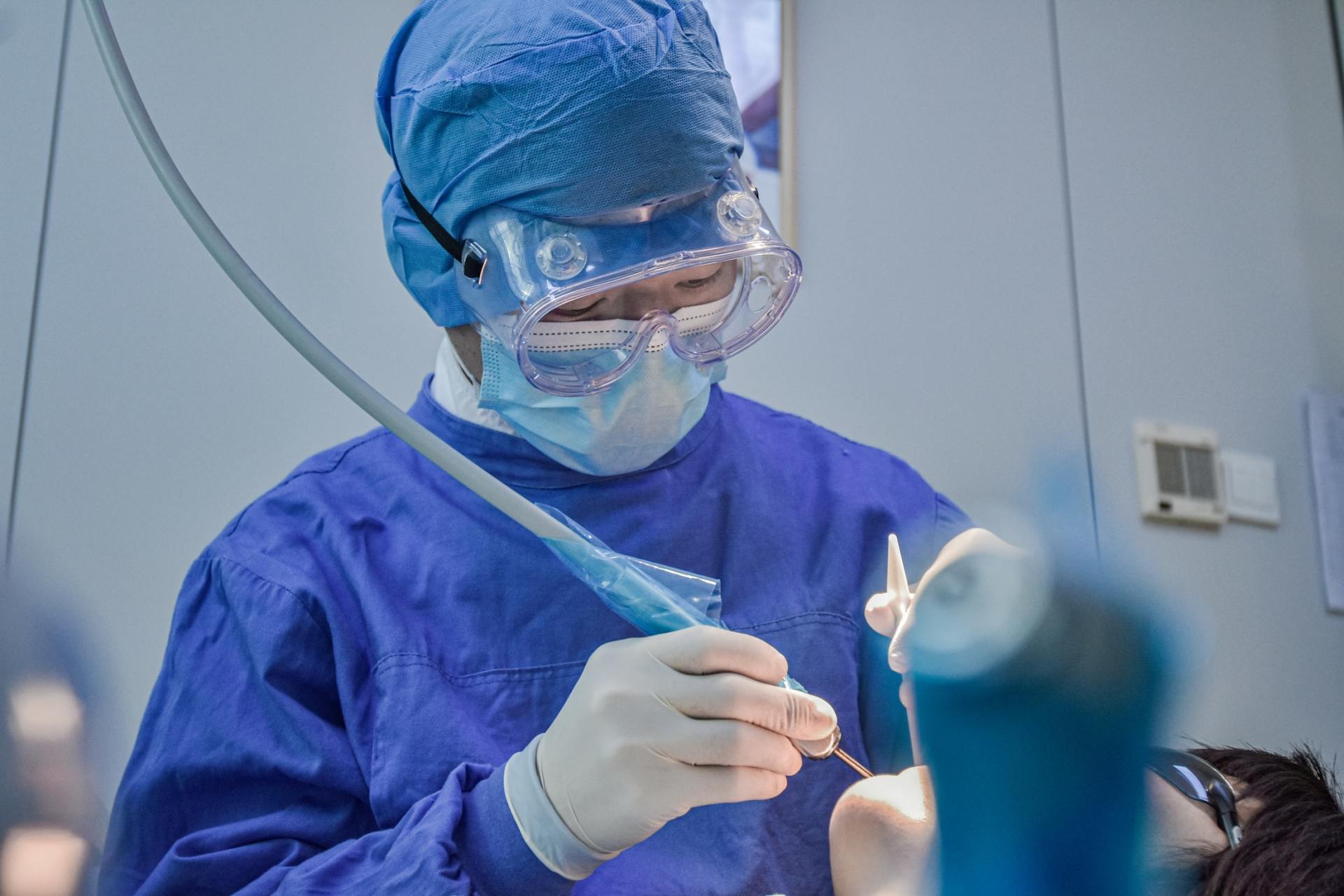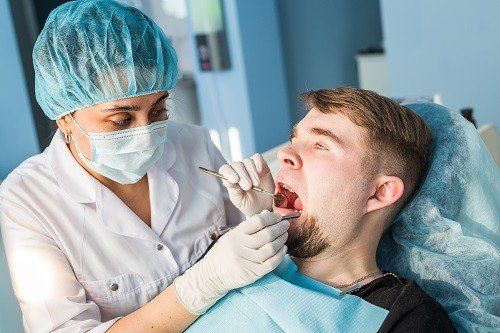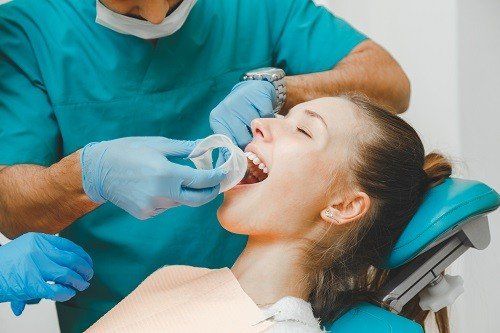What are Hutchinson Teeth?
When children are born, their parents usually have a long
list of things to worry about regarding the new additions to the family. These
are concerns that never really go away, ranging from school bullies, to childhood
illnesses, and to every conceivable turn of events during a child’s teen years.
Something that likely isn’t near the very top of a parent’s list is their
child’s teeth beyond regular oral health care and braces.
One dental condition, Hutchinson teeth, can affect children, and it’s likely one most parents have never even heard of. It’s defined as “peg-shaped teeth with a crescent-shaped notch in the teeth’s cutting edges," as per Merriam-Webster. So, for likely every parent who doesn’t know the specifics of this condition, here is what you should know regarding its cause, symptoms, and the available treatment options for Hutchinson teeth.
Congenital Syphilis
The condition of Hutchinson teeth in children is caused by exposure to congenital syphilis while the children were babies in the womb. Syphilis, a bacterial infection characteristically spread via sexual contact, has five stages, including primary, secondary, tertiary, latent, and congenital.
The congenital form of syphilis happens when infants born to afflicted women become infected themselves during birth or through placenta. Newborns typically do not display symptoms, but as they age they may develop saddle nose, deafness, or dental abnormalities, such as Hutchinson teeth.
Dr. Jonathan Hutchinson, a surgeon and syphilis expert, was the authority on skin and eye diseases who discovered the three congenital varieties of syphilis, which are called the Hutchinson Triad—interstitial keratitis (inflammation and redness of the cornea), labyrinthitis, (a disorder of the inner ear), and Hutchinson teeth.
Symptoms and Treatment
As well as having a peg shape and crescent-shaped notches, Hutchinson teeth are smaller and spaced more widely than normal teeth. If parents suspect that one or more of their children could be afflicted with this condition, they should consult the child’s dentist and set up an appointment for a diagnosis.
Should the dentist conclude that the child has Hutchinson teeth, the next course of action for parents is treatment. Most importantly, pursue medical treatment for the child's syphilis, which at least includes a visit to the pediatrician. The next step is seeking treatment for the child’s abnormally developed teeth, the options for which include crowns, bridges, dental restorations, and fillings.
Moving forward in treating these various conditions and afterward, parents need to remember to schedule yearly physicals for their children with their pediatrician as well as biannual dental appointments to monitor their oral health.
Are you avoiding trips to the dentist because of the high cost of treatments? Did you know you can use a New Hampshire discount dental plan to save as much as 20 percent off your bills? For more information, please click here.
Photo via Shutterstock











